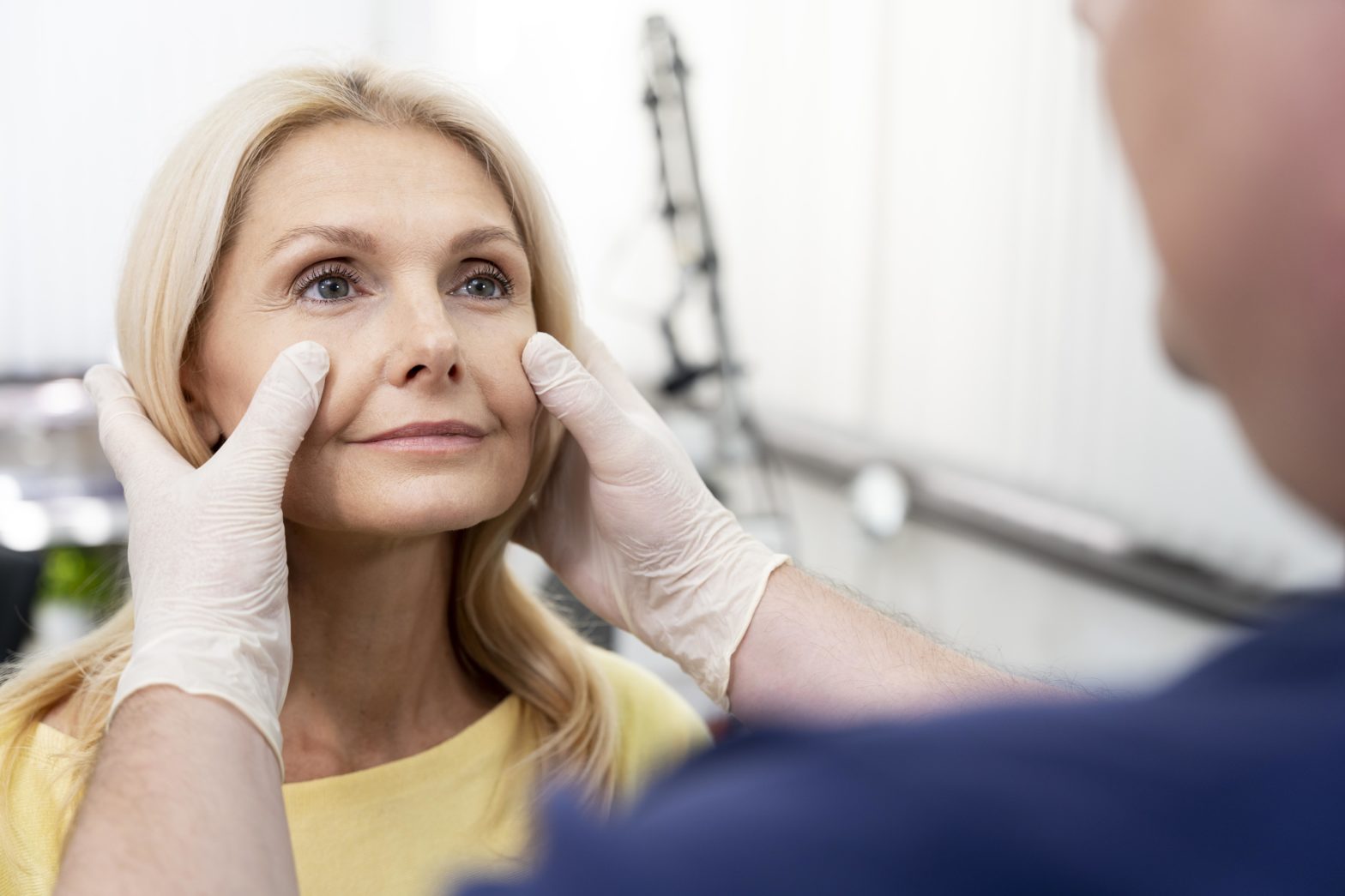Imagine a day when your eyes feel gritty, dry, or continually infected. The discomfort may appear insignificant at first, but it quickly becomes painful. What you may not realize is that tears—those seemingly simple drops of liquid—are discreetly working every second to protect your eyes, keep them healthy, and allow you to see clearly. Tears are more than just emotional indications; they are an important part of eye health. Let’s delve deeper into the interesting world of tears, discovering their significance in keeping our eyes healthy and functioning properly.
What Are Tears Made Of?
Most people think of tears as just water, yet they are a complicated mixture of three major layers that serve distinct functions:
- Lipid Layer (Oil): The outermost layer stops tears from evaporating. It is produced by the Meibomian glands in the eyelids and helps to keep your eyes lubricated.
- Aqueous Layer (Water): Most people identify tears with the middle layer. It is high in proteins, water, and electrolytes. This layer removes trash, supplies oxygen, and moisturizes the eye.
- Mucin Layer (Mucus): Tears adhere to the eye’s surface with the aid of its innermost layer. Without it, the eye would be left vulnerable as tears would just slide off.
Each component works in harmony to create a stable tear film, which is crucial for clear vision and eye comfort.
The Multifaceted Role of Tears
1. Protection Against Infections
The eye’s first line of protection against dangerous germs is its tears. They have lysozyme, a potent enzyme that breaks down the cell walls of bacteria to kill them. Because it continuously patrols the surface of the eye to prevent infections, lysozyme is so effective that it is frequently compared to a natural antibiotic.
Additionally, tears keep allergens like dust and pollen from harming the skin by washing them out. Your cornea, the transparent front portion of your eye, will stay healthy and germ-free thanks to this washing procedure.
2. Lubrication for Comfort
It would feel like sandpaper rubbing across your eyes if you were blinking without lubricant. Tears serve as a lubricant, making every blink comfortable and fluid. By lowering friction between the eyelid and the eye’s surface, the tear film helps to avoid discomfort.
The symptoms of വരണ്ട കണ്ണുകൾ, which are characterized by reduced tear production or quality, might include redness, burning, and pain. It may potentially cause damage to the cornea if left untreated.
3. Nourishment for Eye Tissues
The cornea is completely dependent on tears for nutrition because it lacks blood vessels. The cornea is kept healthy and transparent by the vital nutrients that tears provide, like oxygen and electrolytes. Your eyesight may suffer if the cornea becomes foggy due to a lack of this supply.
4. Vision Clarity
For clear vision, a stable tear film is essential. Tears form a smooth optical layer on the surface of the eye, allowing light to enter the eye without distortion. Vision that is hazy or fluctuates can be caused by any disturbance of the tear film, such as dryness.
5. Emotional Expression
Tears also contribute to emotional release and human connection. Stress hormones and endorphins, which are found in emotional tears as opposed to basal (daily) and reflex (irritant-induced) tears, can lessen emotional discomfort and offer a sense of relief.
What Happens When Tears Malfunction?
ഡ്രൈ ഐ സിൻഡ്രോം
When the eyes don’t produce enough tears or when the tears evaporate too quickly, dry eye syndrome develops. This illness may be brought on by:
വൃദ്ധരായ
- Prolonged screen time
- Certain medications
- Environmental factors (wind, smoke, or dry air)
- Symptoms include burning, stinging, redness, and a feeling of something stuck in the eye. Severe cases can lead to corneal damage, making treatment essential.
Excessive Tearing
On the other hand, excessive reflex tear production causes watery eyes in certain persons. This could occur as a response to certain medical disorders, dryness, or irritation. Curiously, these tears don’t offer long-lasting relief since they don’t contain the oil and mucus required for adequate lubrication.
Caring for Your Tears and Eye Health
To ensure your tears continue protecting your eyes, it’s essential to adopt habits that promote tear health. Here’s how:
1. Stay Hydrated
Dehydration can reduce tear production. Drink plenty of water throughout the day to keep your body and eyes well-hydrated.
2. Blink Frequently
Dehydration may cause less tears to form. Keep your eyes and body well hydrated throughout the day by drinking lots of water.
3. Protect Against Environmental Factors
To protect your eyes from wind, dust, and UV radiation, put on sunglasses. To keep moisture levels stable in arid settings, use a humidifier.
4. Maintain a Balanced Diet
Omega-3 fatty acids, which are present in walnuts, flaxseeds, and fish, can enhance the tear film’s quality. Foods high in vitamin A, such as sweet potatoes and carrots, also support eye health.
5. Seek Professional Care
See an ophthalmologist if you suffer from severe weeping or chronic dryness. To enhance the quantity and quality of tears, they can suggest procedures, drugs, or artificial tears.
The Emotional Side of Tears
Emotional tears play a special role in human psychology, whereas basal and reflex tears concentrate on physical protection. We can better absorb emotions and establish deeper connections with others when we cry during happy, sad, or frustrating occasions. Emotional sobbing can help control mood, lower stress levels, and even improve social ties, according to studies.
Innovations in Tear Research
Tear science is a constantly developing field. Advanced artificial tears that more closely resemble the natural tear film are being developed by researchers. More accurate diagnosis and treatment of dry eye is being made possible by innovations such as tear osmolarity testing. Additionally, regenerative medicines give those with chronic tear-related diseases hope by restoring damaged tear glands.
The Unsung Heroes of Eye Health
Despite their tiny volume, tears have a huge effect on eye health. Tears serve a remarkable variety of purposes, from feeding and shielding the cornea to easing mental distress. You can have pleasant, clear vision for many years to come if you recognize their significance and take the necessary precautions.
So, the next time you feel a tear rolling down your cheek—whether from laughter, sadness, or just a gust of wind—remember the incredible work these tiny drops are doing to keep your eyes healthy and happy.








